
Slide title
Write your caption hereButton
Specialist in the Art of Healing!
Compationate Care for 28+ Years!
Button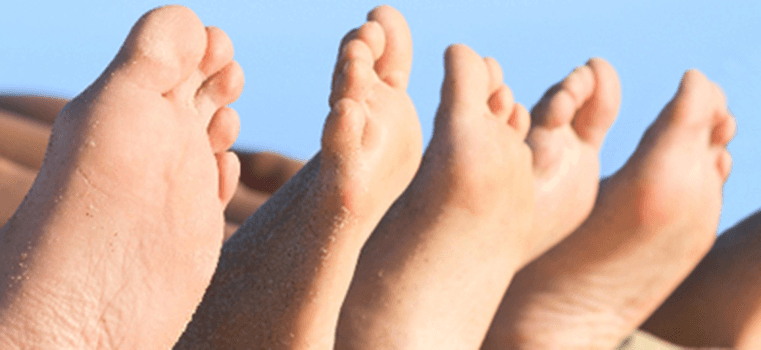
Bunion and Hammertoe Expert
Dr. Reed has performed 2000+ bunion corrections!
Button
Wound Care Certified Specialist
Dr. Reed has Healed Over 3000 Ulers!
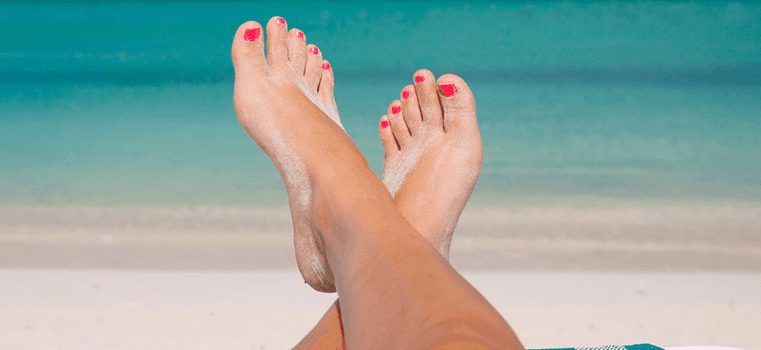
Ingrown Toenail Specialist
Innovative Nearly Painless Technique for Young to Old!
Button
Neuropathy Treatment Expert
We Reverse and Cure Neuropathic Pain!
Button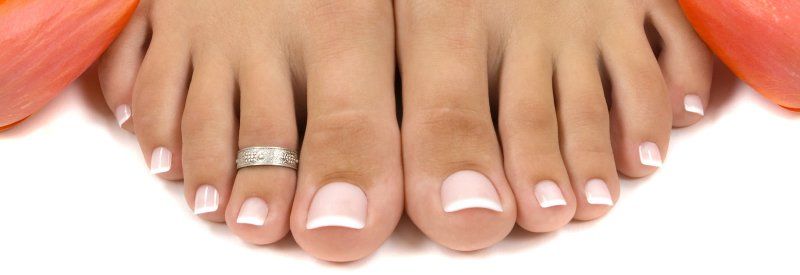
Fungal Toenail Expert
We create Beatuiful Toenails!
Button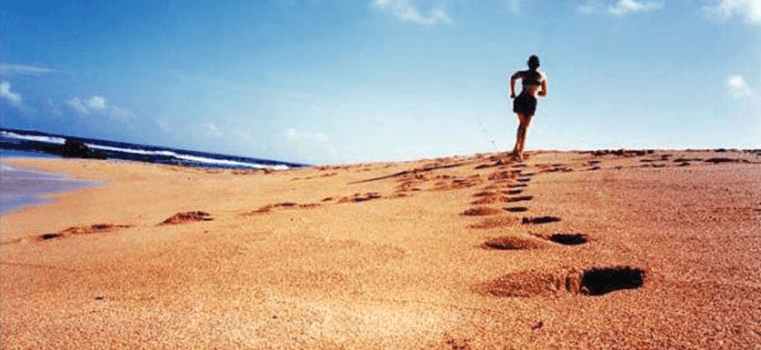
Diabetic Foot Specialist!
Comprehensive Diabetic Foot Care!
Button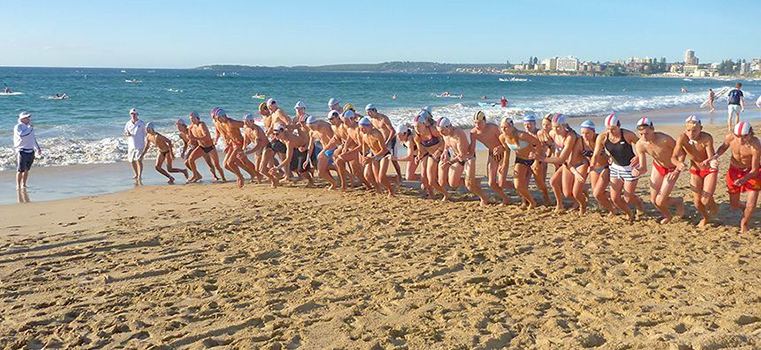
Sports Medicine Specialist
The Top Sports Injury Podiatrist!!
Button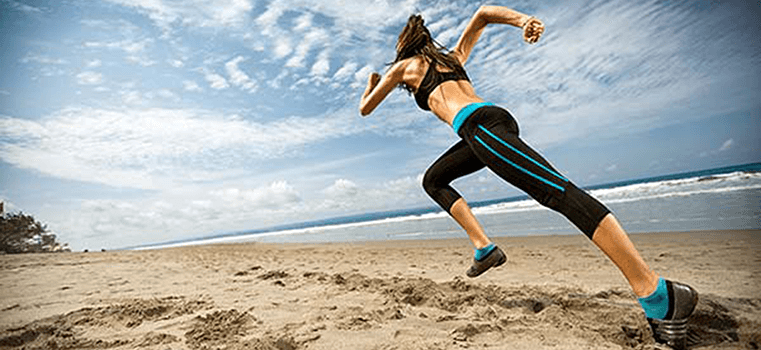
Premier Custom Foot Orthotics
Optimizing Biomechanics and Performance!
Button
Achilles Tendonitis
The Achilles tendon is the largest tendon in the human body. It is located at the back of the ankle joint and can be felt as a large, cord-like structure attaching to the back of the foot. Since tendons serve to attach muscles to bone, the Achilles tendon also attaches the large calf muscles, the gastrocnemius and soleus, to the back of the heel bone, the calcaneus.

Understanding Achilles Tendonitis
The Achilles tendon bears the most stress of any tendon in the lower leg, making it highly susceptible to injury. It plays a crucial role in balancing, walking, running, and jumping, which puts it under significant strain—especially in high-impact sports like basketball, tennis, football, soccer, and volleyball.
Achilles tendonitis is a common overuse injury, causing inflammation and pain in the tendon. It occurs more frequently in older athletes due to decreased tendon elasticity, but active teenagers can also experience it. Inadequate stretching or a sudden increase in activity often contributes to the condition.
Symptoms & Diagnosis
Patients with Achilles tendonitis typically experience:
✔ Pain and stiffness at the back of the ankle, especially during movement
✔ Swelling or thickening of the tendon
✔ Difficulty walking or running—often relieved by wearing heeled shoes
✔ Tenderness or small bumps along the tendon
A podiatrist will assess symptoms through a physical examination and may recommend imaging like an MRI if a partial or complete tear is suspected.
Treatment & Recovery
Early intervention is key for successful treatment. Most cases respond well to conservative care, including:
✅ Heel lifts & supportive footwear – Reduces strain on the tendon
✅ NSAIDs (e.g., ibuprofen, naproxen) – Eases inflammation and pain
✅ Ice therapy – Helps reduce swelling and discomfort
✅ Stretching & strengthening exercises – Loosens the calf muscles and relieves tendon stress
✅ Activity modification – Switching to low-impact activities (e.g., swimming) until recovery
✅ Physical therapy & custom orthotics – Supports proper foot mechanics and accelerates healing
Severe or chronic cases may require immobilization in a cast or, in rare cases, surgical intervention for a tendon rupture.
🚀 Gradual return to activity is essential! Rushing recovery may result in reinjury, prolonging healing time.
Preventing Achilles Tendonitis
✔ Incorporate proper warm-ups & dynamic stretching
✔ Avoid sudden increases in running or jumping intensity
✔ Wear supportive, well-cushioned footwear
✔ Listen to your body & rest when pain arises
If you’re experiencing persistent Achilles pain, make an appointment for an evaluation and personalized treatment plan. Early intervention ensures a faster, stronger recovery!
OC CENTER FOR WOUND HEALING & FOOT CARE
Mark Reed, DPM DABFAS FAPWCA
Open: M-F 8:30am to 5pm
Saturday: By Appointment
Email: Info@Podiatry.Care
Fax: 714-528-0739
Office: 714-528-3668
Connect with Dr. Reed
